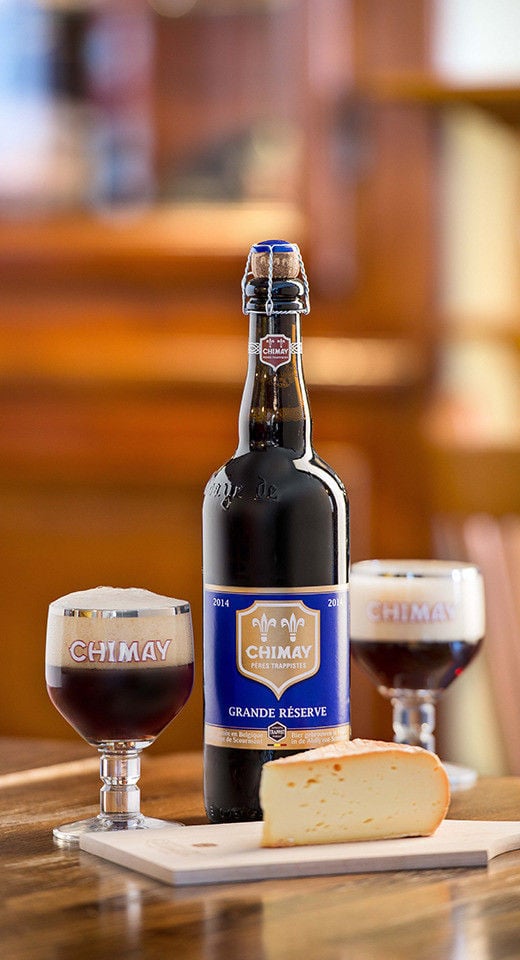The shelf life of beer
As any alcoholic beverage, beer is not static. This means that the character of its taste changes. The changes, however, vary depending on the type of beer. This explains why it is difficult to come up with a general rule. In fact, it varies substantially depending on the form of packaging. A non-pasteurized beer is unfiltered and still "alive"; it contains active yeast and its taste may change significantly as a result of these microorganisms. This phenomenon is known as the maderization and is similar to the one observed for aging wine. Some strong beers take on a port like flavor after about 3 to 5 years or even sherry notes.
Pasteurized beer no longer contains live yeast. Chemical processes, however, can still change these beers.
Why are most beers given a best-before date whereas wines show the year the wine was made? (Imagine a winemaker giving the best before date on a wine bottle – ridiculous!) This is due to the variation of the stability, the aroma and the taste depending on the type of beer and the packaging. With the best before date the brewery guarantees that the taste of the beer and its quality will be stable
A beer will probably keep for many months after the best before date without losing its quality. (Be careful because canned beers may take on a metallic taste over time). In addition, beer is not fresh milk and most beers can not "go bad" as they are pasteurized and their taste will only evolve. As for non-pasteurized “alive” beer it is possible, that they will become rather acidic if microorganisms get into the beer despite all hygiene measures of a brewery.
Is it possible to determine whether these changes will have a positive or negative effect on beer? This is a delicate question as the preferences are subjective: some consumers appreciate them. Others do not. One can safely say that a lager or wheat beer definitely loses its freshness and quality over time.
A Trappist beer, however, usually becomes better if it is aged at least one to two years. This fact is reflected by the date printed on the bottle. Westvleteren and Orval give a four year guarantee whereas Chimay prints the year is was bottled. Thomas Hardy (ale) does the same. The slightly sweet taste tends to diminish with time and the beer becomes well balanced.
As a closing remark we can say that a beer that has exceeded its best-before date by a reasonable period (1-2 years) has not gone bad and in most cases the characteristics are still the same.
Delivery by the Swiss post or Drive-In (Pick up orders directly at the shops in St-Légier or Aigle)


Secure online payment




We answer to all your questions by phone on 021 943 51 81 or by mail at info@amstein.ch concerning order, delivery or product problems.
For questions relating to the website (connection issues, bad display, ...), please write us at eshop@amstein.ch.











